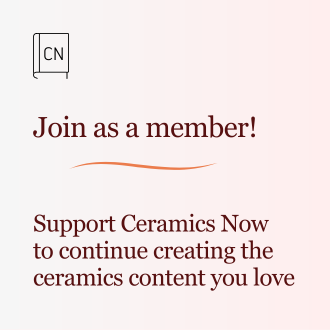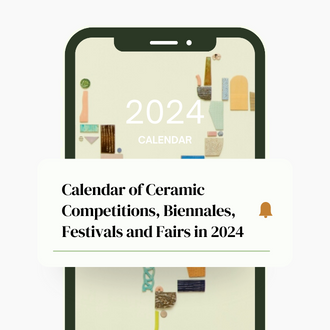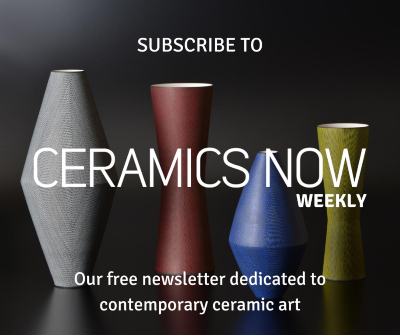Renata Cassiano Alvarez is a Mexican-Italian artist born in Mexico City and currently teaching at the University of Arkansas School of Art. Cassiano Alvarez works predominantly in the medium of clay but her background in painting and drawing takes a big part in her practice. She is interested in the power of the slow and quiet transformations happening around us, specially how adopting a different language can affect the physicality of the human body, and how this translates into material.
Educated in Mexico, Italy, Denmark and the US, she has had the opportunity to work in different artistic environments, which has lead to an intimate relationship with different materials and processes. She has worked alongside clay artists such as Nina Hole, Gustavo Perez, Akio Takamori, amongst others. Her work has been exhibited internationally and can be found in public collections in Estonia, Italy, Taiwan, Germany, Denmark, Latvia, China and Slovenia.
Visit Renata Cassiano Alvarez’s website and Instagram account.
Featured work
Consumed by the Gospel of Uncertainty, 2019-2020
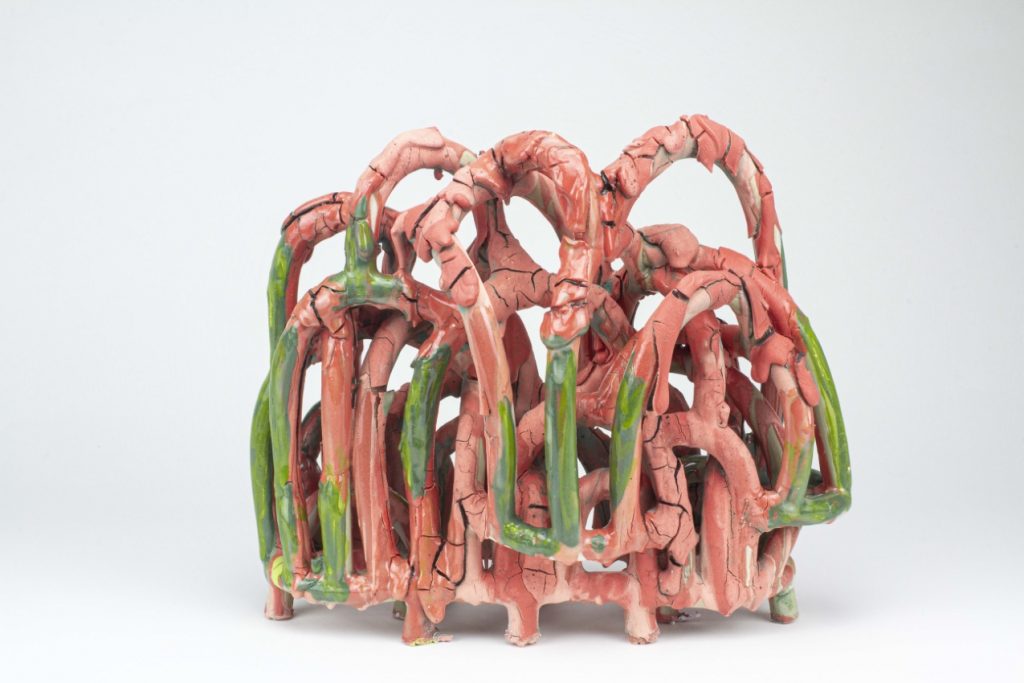
Glaze as Stone, 2019-2020
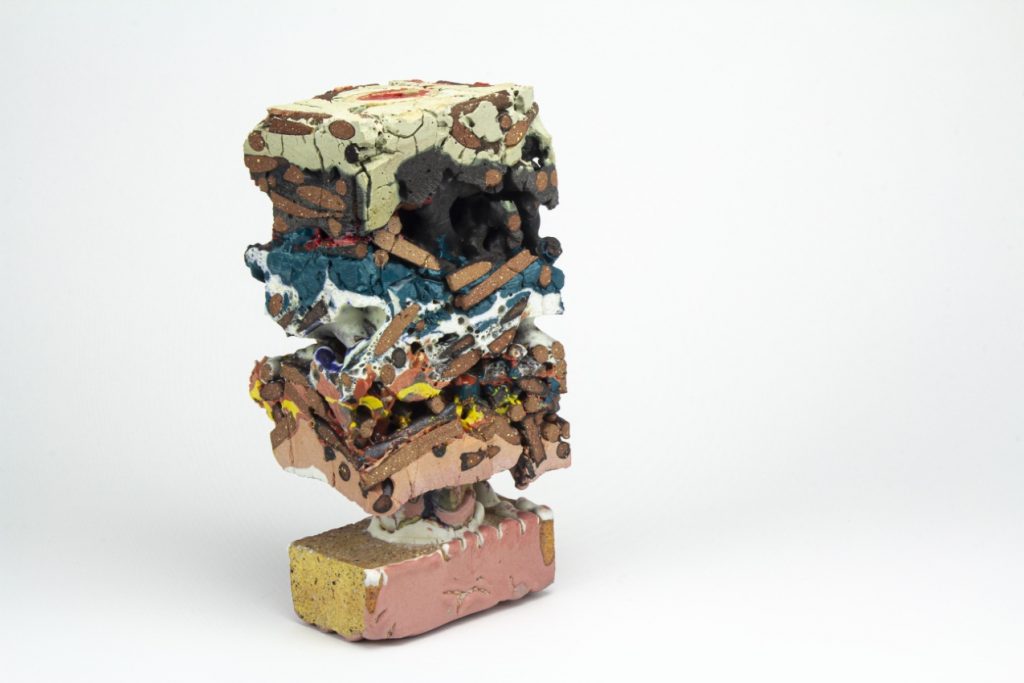
Un Venado Llamado Sacrificio (A Deer Named Sacrifice), 2018
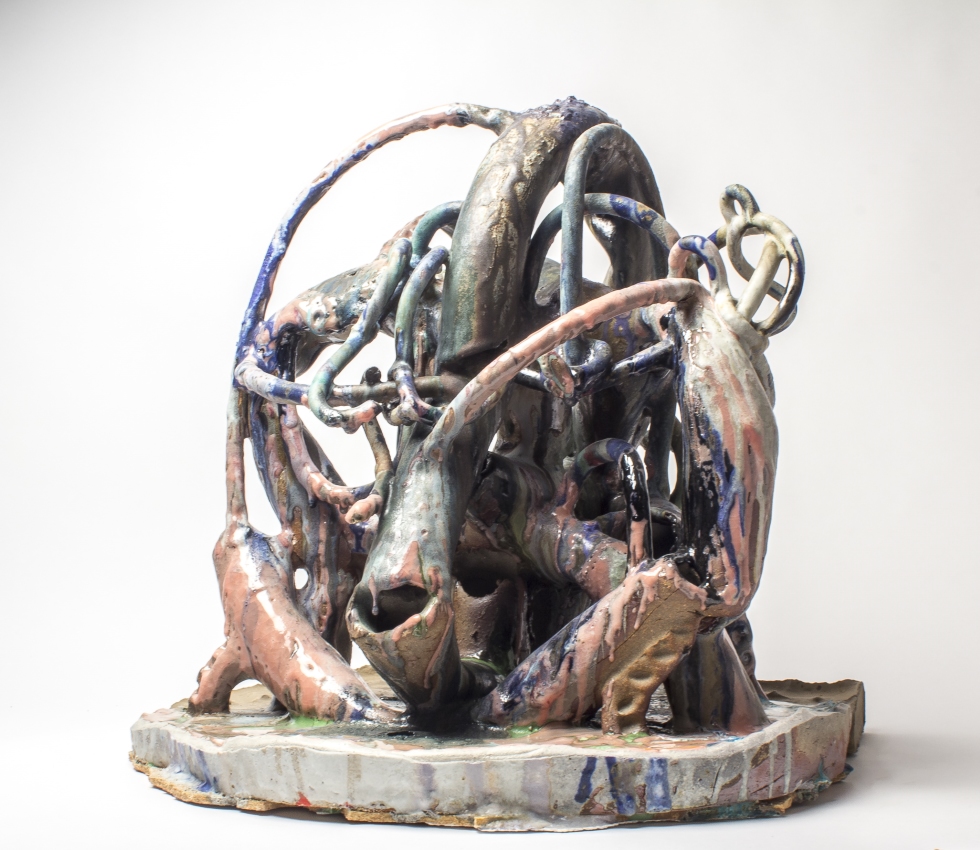
As a bicultural artist (Mexico/Italy) living in a third country (USA), I have developed an awareness of the effects language can have on my body. Through my studio practice, I explore my curiosity of how to translate this phenomenon to material. This exploration has lead me to seek an intervention in the assumed role of glaze in the ceramic process. I am teaching ceramic glaze a new language and studying the physical metamorphosis which happens when I do so. Through my process of casting semiliquid glaze, a material that historically has been used for surface decoration becomes the structure of the sculpture itself. The result is an artistic expression with a new sentience, an outcome that does not resemble glaze as we traditionally know it, but rather a vision with an expanded concept of possibility.
My sculptures reference the contents of the physical body as well as the structures within our minds. In my work I seek to give a physicality and physical weight to transformation. In my practice, I act as an archeologist; I cut, chisel, and carve my sculptures, excavating them until they reveal themselves more fully. Although initially drawn to clay for its tactile nature, it is the possibility of transformation and the demands of process (time, labor, specific attention) that have made me surrender to it. Clay has the potential to speak many languages and provides infinite possibilities. I want my sculptures to exist as relics of freedom and force, endless curiosity and risk taking.


